Nakayama is in between Narita And Haneda International Airport
<クッキーについての同意並び欧州居住者向けプライバシーポリシー>
中山・下総・散歩道
Atagosan Jizoin Horinji and Jo Tomyo Night-light
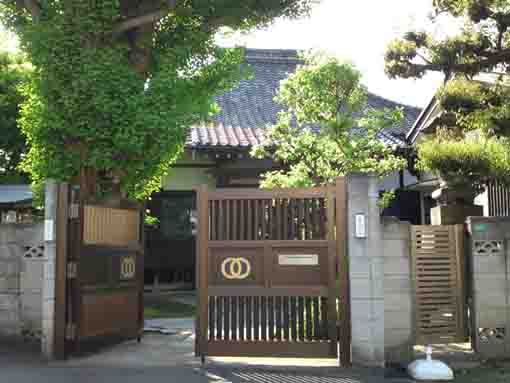
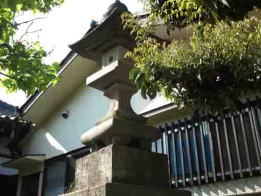
Atagosan Jizoin Horinji Temple stands on the west side of Edogawa River and a stone night-light called Jo Tomyo built in 1670 stands in it and the night-light shows there had been the barrier and the ferry at Koiwa and Ichikawa near the temple. And there is the signboard telling the remains of the barrier at Ichikawa on the east bank of the river, and Honzoji Temple next to Horinji is said to be the house of the officers working at the barrier.
A walk around the barriers and the ferries at Koiwa and Ichikawa on the both sides of Edogawa River is a very enjoyable course. Why don't you visit Atagosan Jizoin Horinji Temple?
Atagosan Jizoin Horinji Temple
Horinji Temple
Horinji Temple belongs to Buzanha in Shingon Shu, and it entitled Atagosan Jizoin. Once this temple was a branch temple of Konkomyoji Temple (now it is named Kokubunsan Kokubunji Temple). It was built by Bunshu Hoin (-1607). And the principle image of the temple is the statue of Fudomyoo. Jo Tomyo (the stone night-light) stands beside the main hall. There is the Hokyointo Pagoda in the graveyard, and it is said to be the grave stone of Iyo Shinohara, the pioneer of Iyota Village (Kita Koiwa).Jo Tomyo (the night-light)
Jo Tomyo (the night-light) was registered as a tangible cultural asset and a building by Edogawaku in January 1981.Jo Tomyo originally stood at the ferry at Koiwa and Ichikawa, and it was moved to Horinji Temple because of the river improvements on Edogawa River in 1934. The ferry was very crowded by the people having travelled to Narita. Jo Tomyo was built by Ko members in Senju in 1839. It is 2 meters tall, and its base has five steps and the base is 1.82 meters tall.
Koshinto Tower Shaped the Statue of Jizo Bosatsu (recorded 1670)
Koshinto Tower Shaped the Statue of Jizo Bosatsu was registered as a tangible cultural asset and folk material by Edogawaku in January 1984.It is standing with other stone statues of Buddha. The sculpture is carved with Hannikubori (an intermediate level of relief), the Jizo has an orb in his left hand and a staff in his right hand. It is 144cm tall. It was built in 1670.
January 1st 2006
Edogawaku Boad of Education
寶林寺常燈明前案内板より
引用・抜粋および参考
寶林寺常燈明前案内板
江戸川区ホームページ
市川関所跡案内板
本蔵寺門前案内板
市川市ホームページ
A Walk on the Remains of the Ferry at Koiwa and Ichikawa
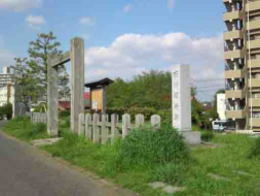
Koiwa Ichikawa Sekisho
It is the Remains of The Barrier At Koiwa and Ichikawa.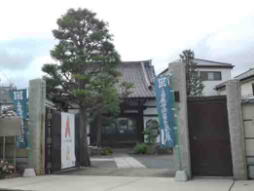
Seiryusan Honzoji Temple
It connects to Maeda Family in Kaga and Mamasan Guhoji.The Location and Access to Horinji Temple
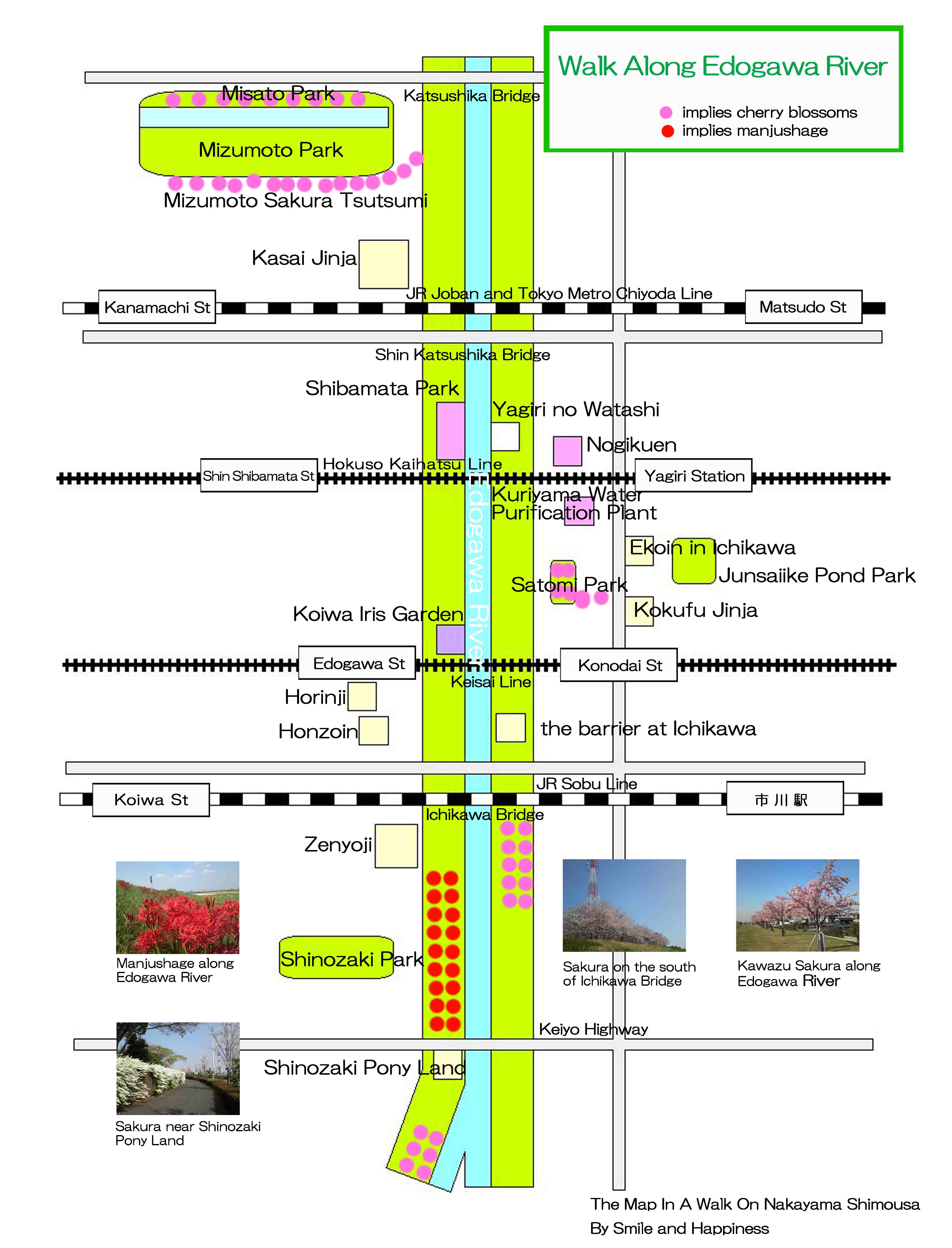
The map of the noted spots along Edo River
PDF of the map of the noted spots along Edo River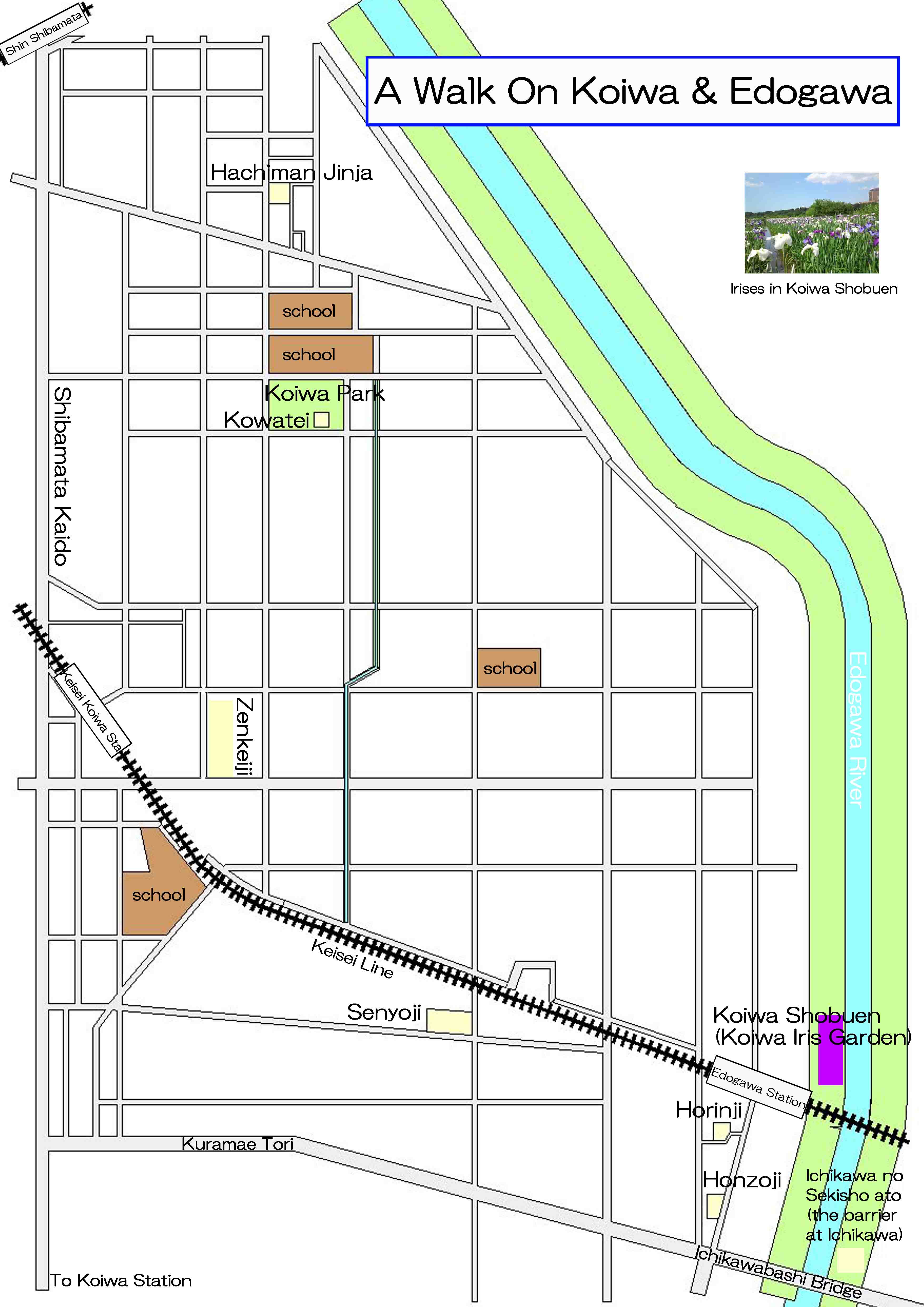
The map to the noted spots near Keisei Koiwa and Edogawa Station
PDF of the landmarks near Keisei Koiwa and Edogawa StationAtagosan Jizoin Horinji Temple and Jo Tomyo in it
- Horinji Temple has great accessibilities from both Narita and Haneda International Airport.
- From Narita International Airport, take Keisei-line and get off Konodai Sta, take minimally 45 minutes from Narita Airport.
- From Haneda International Airport, take Keikyu-line bound to Narita, and get off Edogawa Sta.
- Take 3 minute walk from Edogawa Sta.
- 3-23-11 Kita-Koiwa, Edogawa-ku, Tokyo
The Noted Spots In The Areas Along Edogawa River
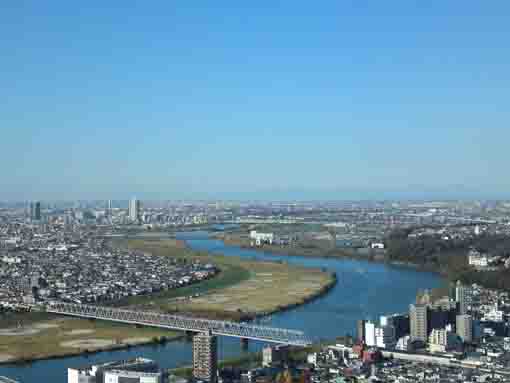
Edogawa River
The short summary of Edogawa River.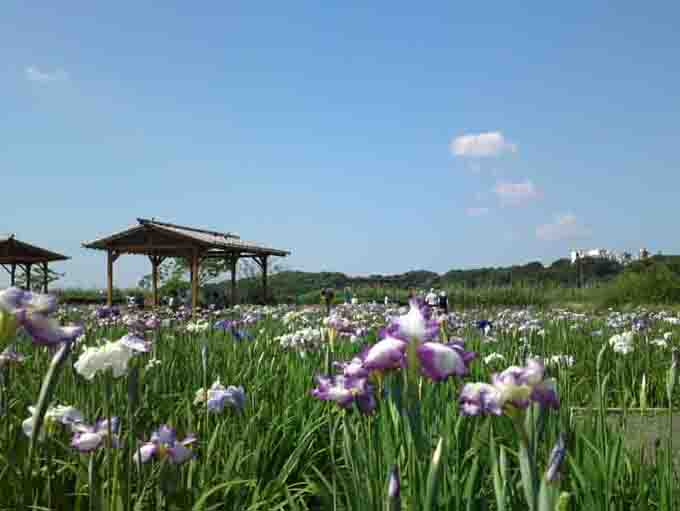
Koiwa Iris Garden and Sakura
Irises, Kawazu Sakura and many kinds of flowers blooming.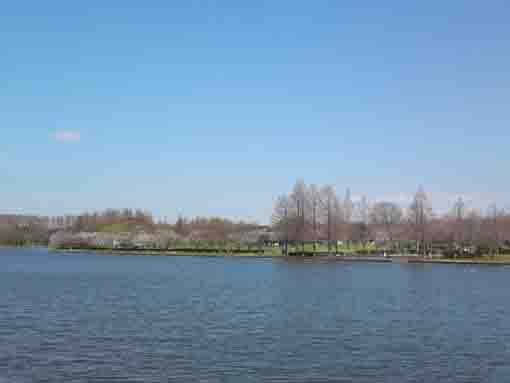
A Walk Around Mizumoto Park
People enjoy seeing the nature and culture in the areas.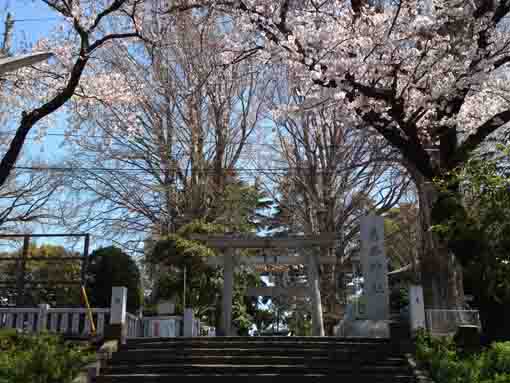
Kasai Jinja Shrine
It has about 900 years history and dedicates Ieyasu Tokugawa.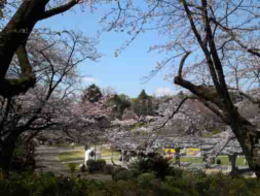
Noted Spots In Satomi Park Area
The park is the noted scenic spot to see cherry blossoms, roses and colored leaves with many historical heritages.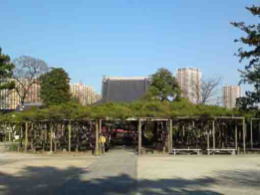
Zenyoji Temple
This temple is famous for Yoko no Matsu, a huge black pine tree designated as a National Natural Property.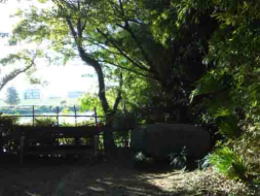
Yagiri no Watashi (The Ferryboat starts at Yagiri)
It has been carrying people since Edo period.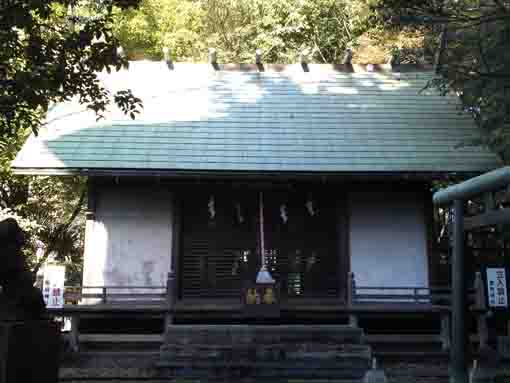
Kokufu Jinja Shrine
It dedicates the Prince Takeru Yamato, one of the great hero in classic Japan.
Horinji Temple and Jo Tomyo (the night-light at the ferry at Koiwa and Ichikawa)

Seiryusan Honzoji Temple
It connects to Maeda Family in Kaga and Mamasan Guhoji.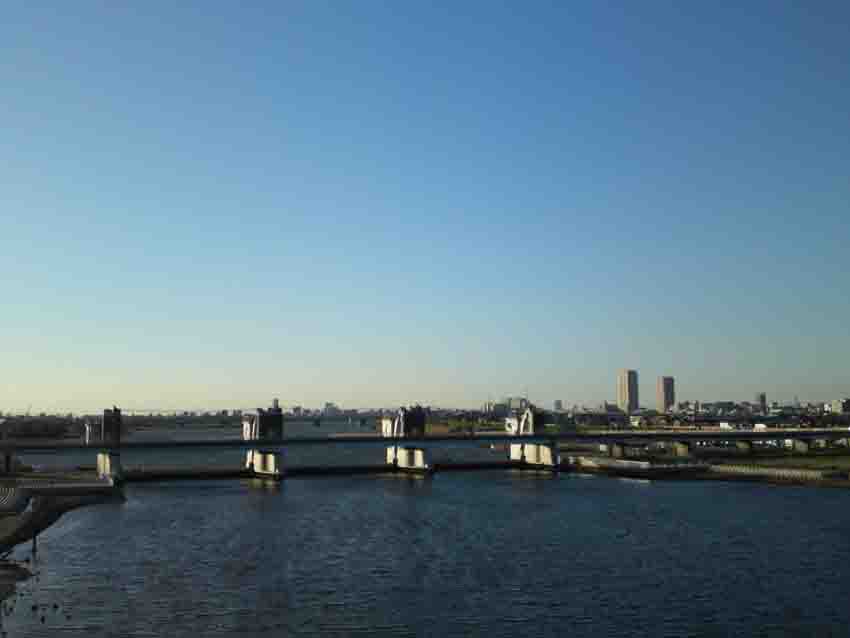
Gyotoku Kaido Highway
Musashi Miyamoto and Basho Matsuo had passed the road.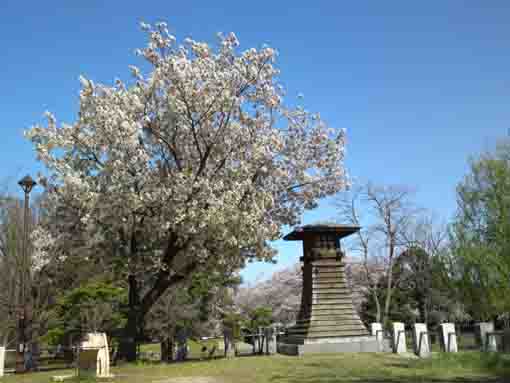
Shinozaki Park
It is a popular park with many trees, sakura and so on.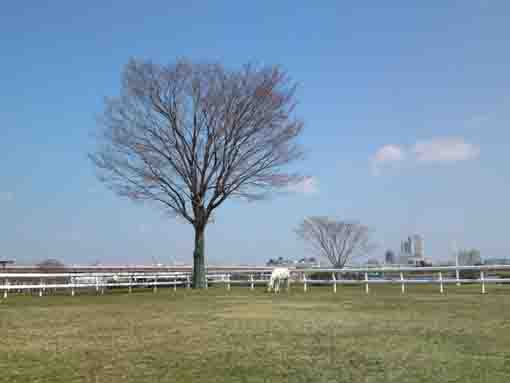
Edogawaku Shinozaki Pony Land
Visitors could see horses from the bank of Edogawa River.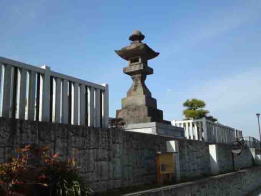
Joyato Park (the night light park)
It was much flourished as one of the Eastern Gates of Edo in Edo period.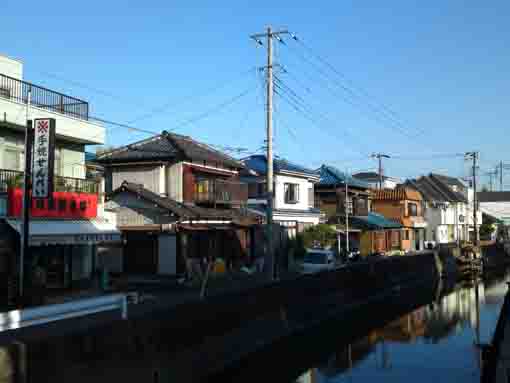
A Walk on Horie and Nekozane in Urayasu
There are some shadows of Edo in temples and shrines there.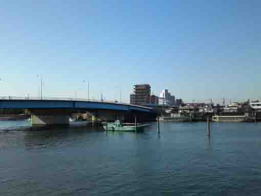
The Remain Of The Ferry At Imai in Gyotoku
Ieyasu Tokugawa used this ferry when he went hawking.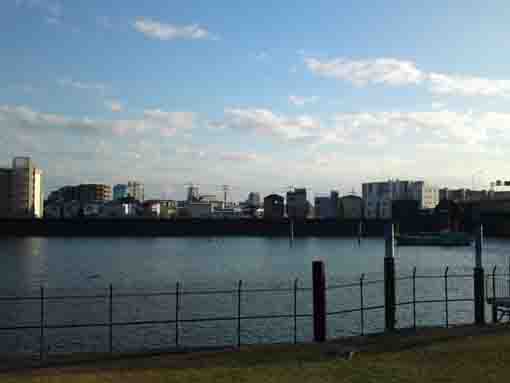
The Remain of the Ferry at Imai in Edogawaku
Socho first landed at Imai during his trip to Boso Peninsula.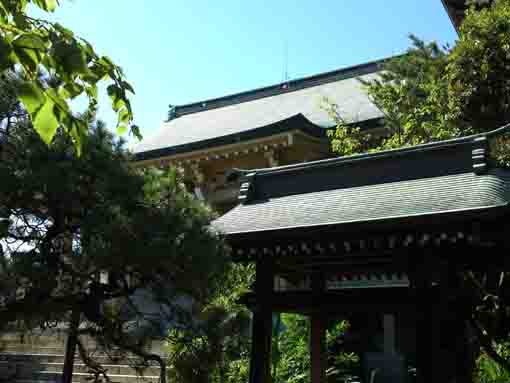
Ryukisan Seitaiin Jokoji Temple
Jokoji is famous for connecting to a famous renga poet Socho and a sengoku daimyo Ujiyasu Hojo.
Furukawa Water Park
It is the first water park in Japan with Sakura in spring and hydrangeas in summer.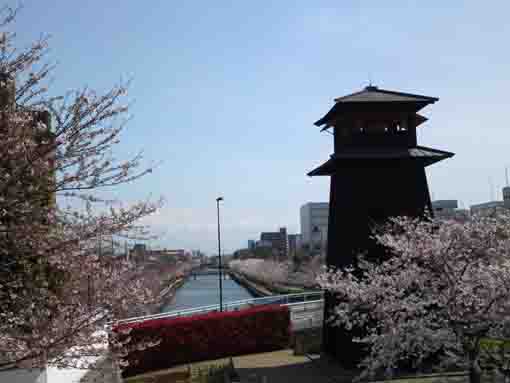
Shinkawa River in Edogawaku
It has some Edostyle Landmarks and thousands of Cherry Trees.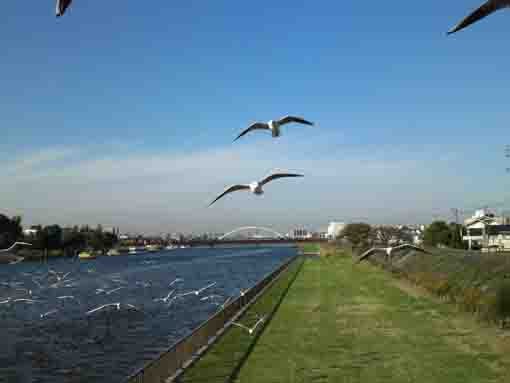
Along Shinnakagawa River
It has some wonderful seasonal views along this river.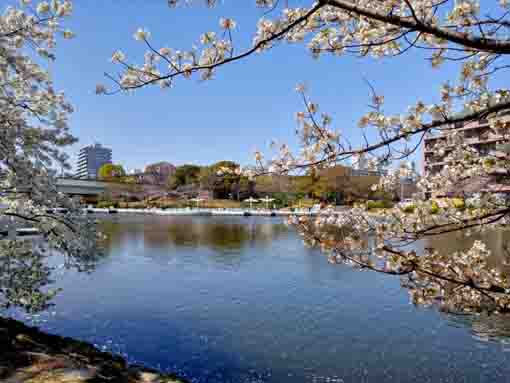
A Walk On Shinsakongawa Water Park
It is opened along Sakongawa River in Edogawaku.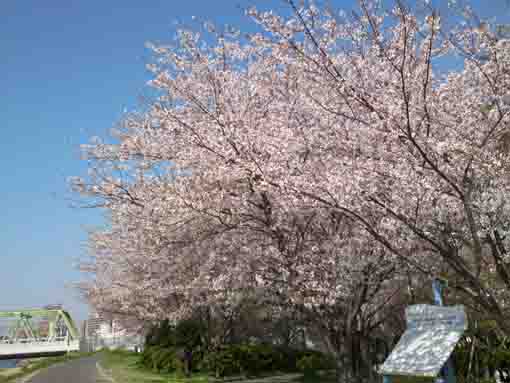
Viewing Seasonal Flowers along Edogawa River
On the banks, many beautiful flowers blooming.- 広告 Advertisement -
